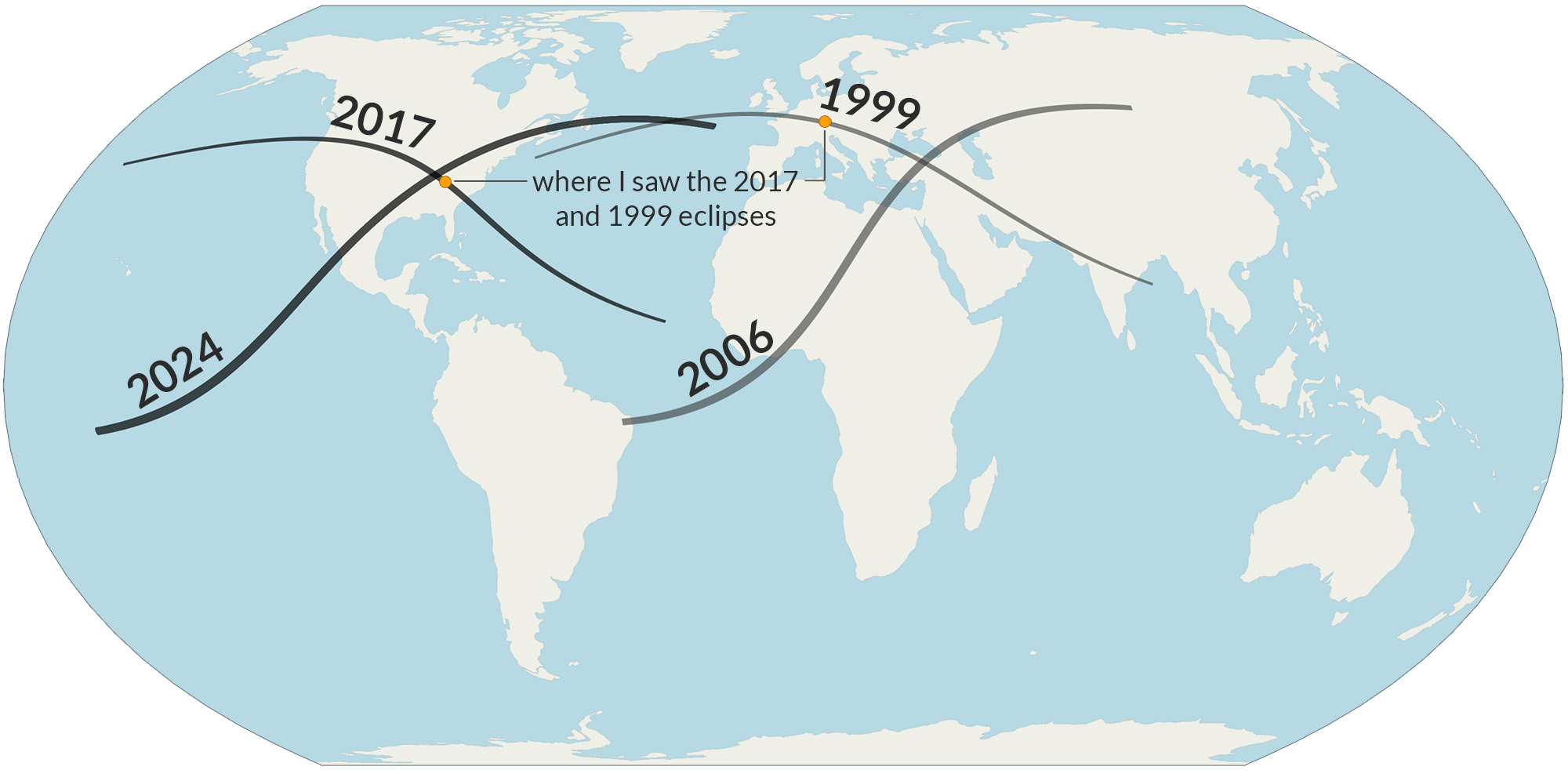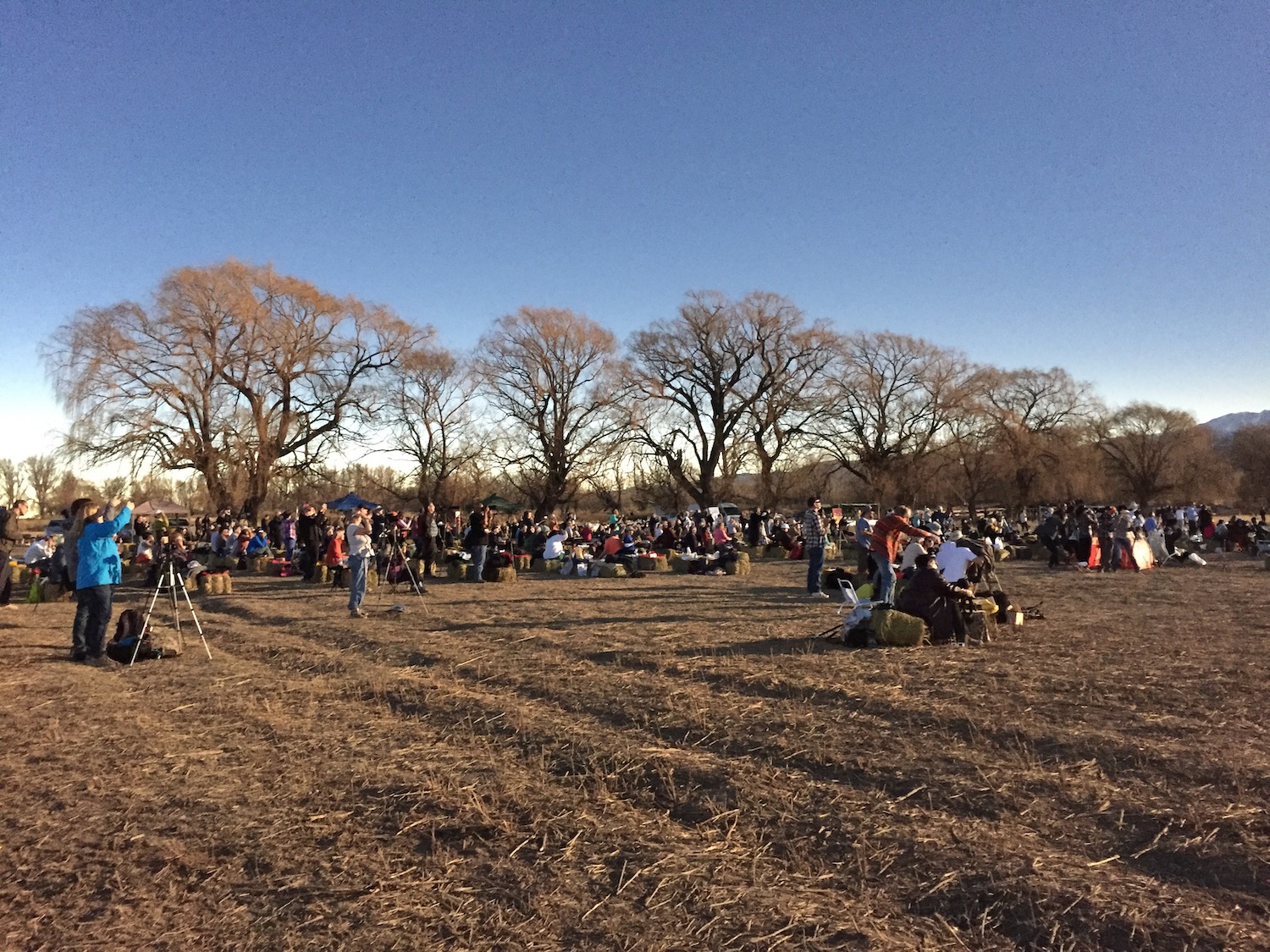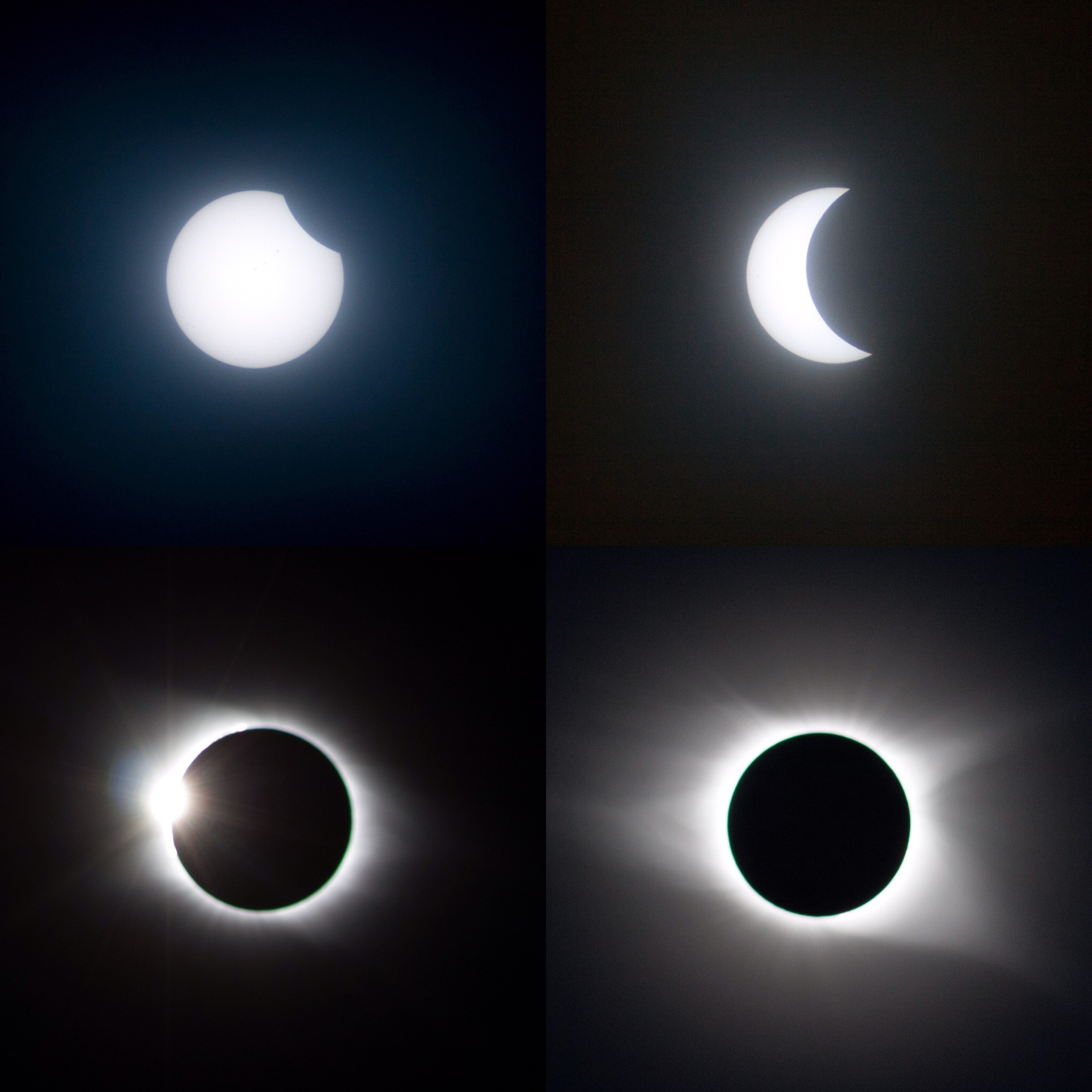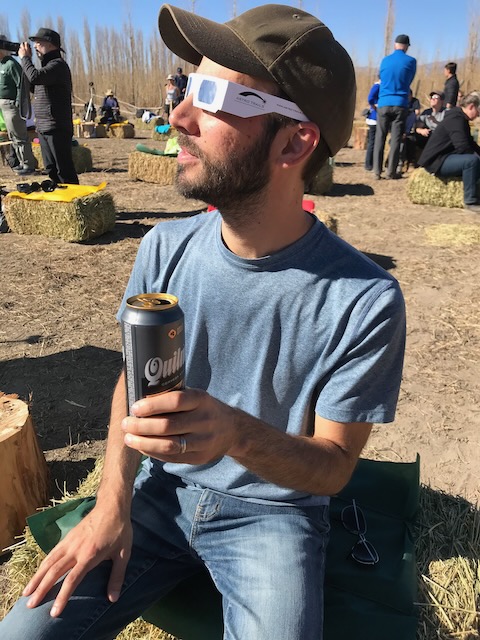On the 8th of April 2024, for the second time in seven years, a total solar eclipse will darken skies as the moon's
shadow passes over a swath of North America. My family has awaited this one for decades: an
eclipse we wouldn't need to chase, passing over my hometown! Indeed a total solar eclipse is something worth
chasing, if one has the means. If all goes as planned, this will be the seventh total eclipse that I've
seen. Pardon my snobbery, but if you see only the partial phase of this or any other eclipse, you really did
not see the eclipse!
The umbra will make its first major landfall shortly after 11 AM local time near Mazatlán, Sinaloa, Mexico
and about an hour and a half later will head out to sea off the coast of Newfoundland. Scroll below to
follow the path of the eclipse as it crosses the continent.
Eclipse and elevation data by NASA. Base map data and land cover colors from Natural Earth/Tom Patterson.
The shadow will move quickly—probably not as quickly as you scrolled through that map, but quickly
nonetheless! Thus, totality is fleeting. Its duration depends on several factors, but the only one
where we have any control is how close we are to the center of the umbra. Simply being in the
path is not enough for the best experience! For example, look at the Dallas-Fort Worth metroplex, the
largest urban area in the path of this eclipse. Although nearly the whole area will see a total
eclipse, it will last only a brief moment on one side and more than four minuntes on the other.
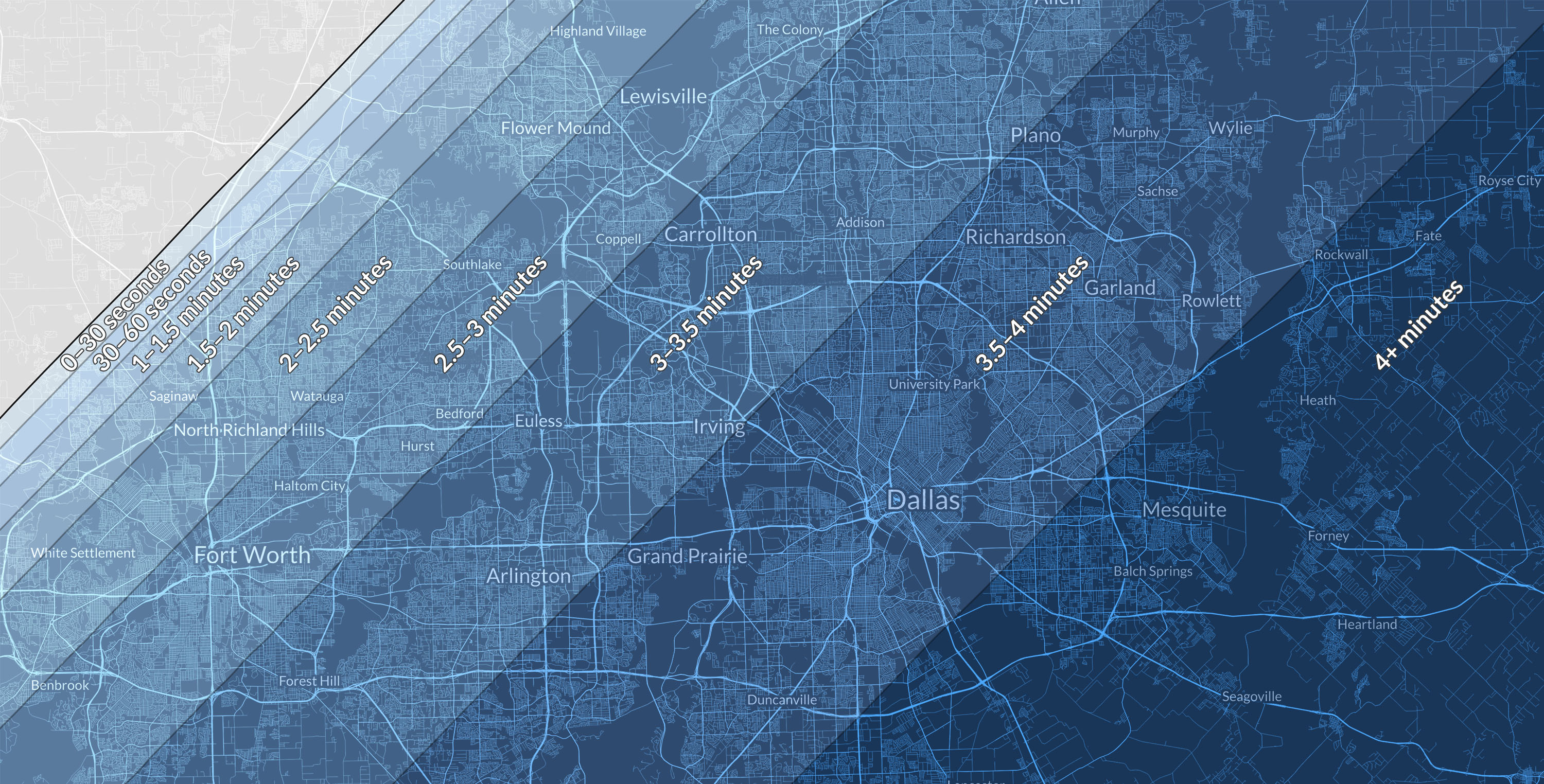
Besides major cities in Texas, the path of totality notably includes cities in the eastern Midwest and Great
Lakes regions. Some 42 million people live in the path of totality, and an additional 35 million or so live
within 50 miles of the path. Altogether, this eclipse is fairly accessible to large portions of the
population in the United States and Canada. If you are among them and have the means, make a plan to see it!
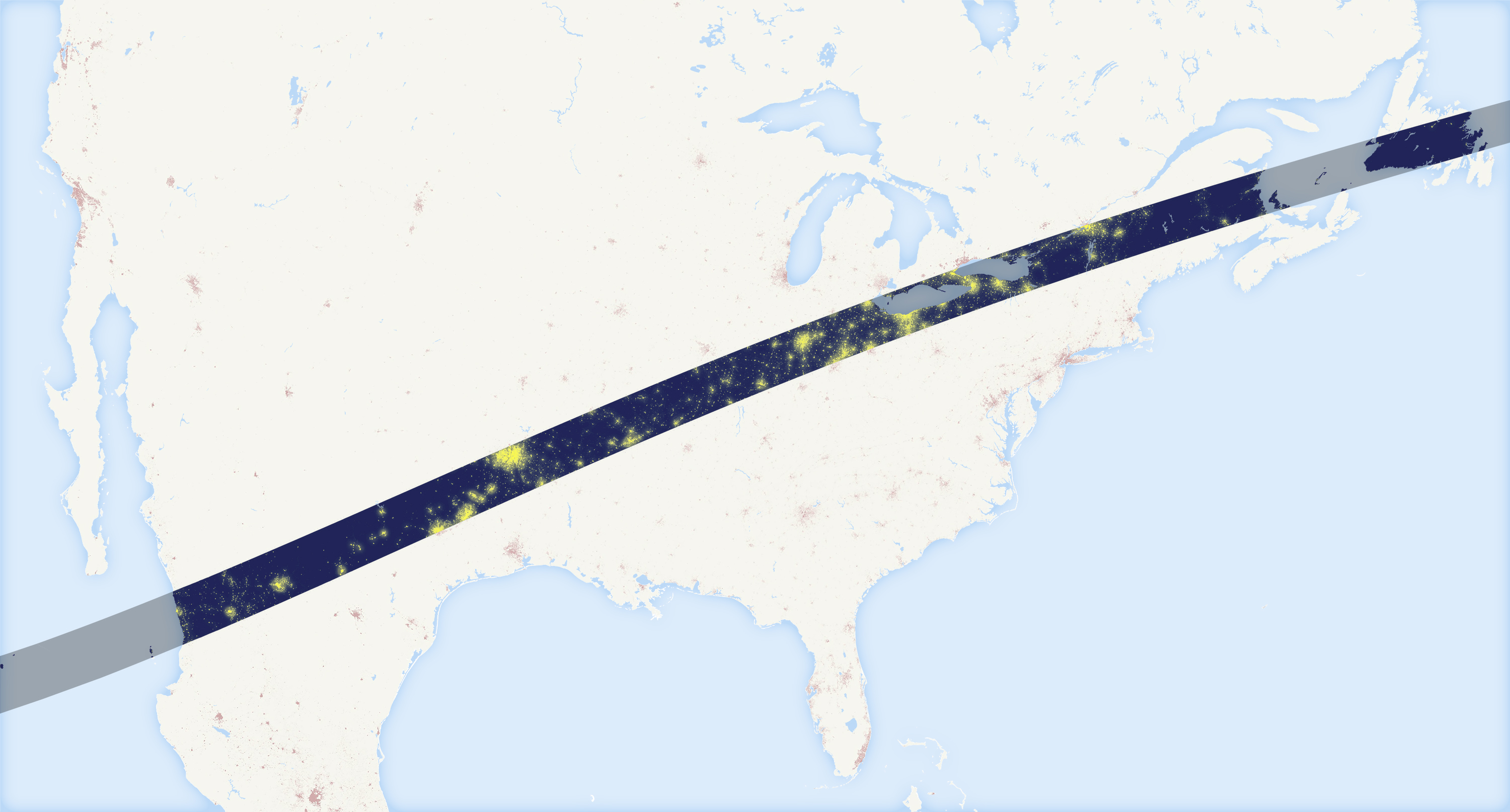
Of course, whether or not you'll see the eclipse, even in the path of totality, depends on clouds. Generally
speaking, the southwestern part of the path has better chances for clear skies. I'll direct you elsewhere
for expertise on the subject. You can read about weather prospects in extreme detail from Jay Anderson, the Eclipsophile. If you're
serious about seeing this eclipse, be prepared to travel on only a few days' notice based on weather
forecasts!
My eclipse-chasing family luckily has never been entirely clouded out—in 16 eclipses for my dad!—though there
have been some close calls, including two of the ones I saw in 1991 and 1999.

If you look carefully at the above map of my eclipses, you might spot two pairs of paths that look similar.
As rare as eclipses are, they do occur regularly and, in a way, repeat themselves. The saros is a period of 18ish
years after which the "same" eclipse will occur, shifted to a different part of the world. I won't attempt
to explain this, and will only note, in the map below, the prior eclipses that "match" the recent and
upcoming eclipses in the United States. 1999 and 2017 is one of the pairs that I've seen; the other is 2001
and 2019.
The eclipse experience
I mentioned earlier that seeing a partial eclipse doesn't count, and perhaps you've noticed that none of my
maps include the penumbral areas—where the moon only partially blocks the sun—of the upcoming eclipse. Looking through a viewer at the sun with a bite
taken out of it is interesting, sure, but it's very unlike the experience of a total eclipse.
For one thing, the sun is still very bright even when most of it is covered! I took the photo below less than
one minute before totality in 2019, when the sun was reduced to a mere sliver in the sky, and in the photo
it's still... well, kind of sunny.
Even if this is new to you, you've probably seen photos of total eclipses (some more of mine are
below) and are generally aware of what the experience is—the "diamond ring" effect as the total phase begins
and ends, the 360º twighlight, the wispy corona of the sun, the confused noises of animals. I can only say
that it's beautiful and awe-inspiring, and worth some effort to see.
I leave you with a tip from my experiences. If you're thinking of getting some good photos of the eclipse,
try this approach: don't! You only get a few minutes to enjoy this; don't waste them looking through a
screen or lens, especially if this is your first time.

I've made sure to set up my camera so that I can take photos without having to look at it, even if it involves a little duct tape!




